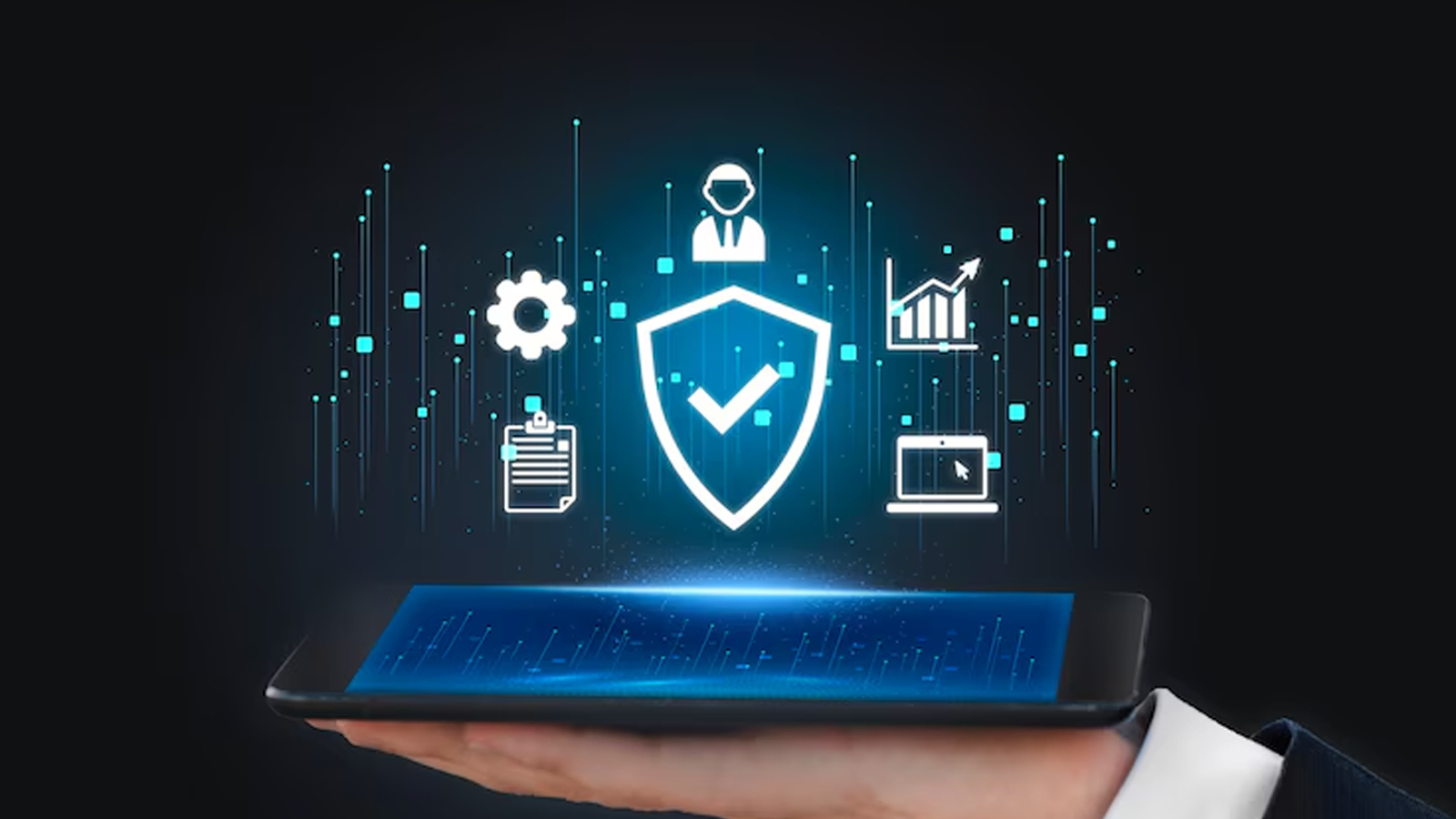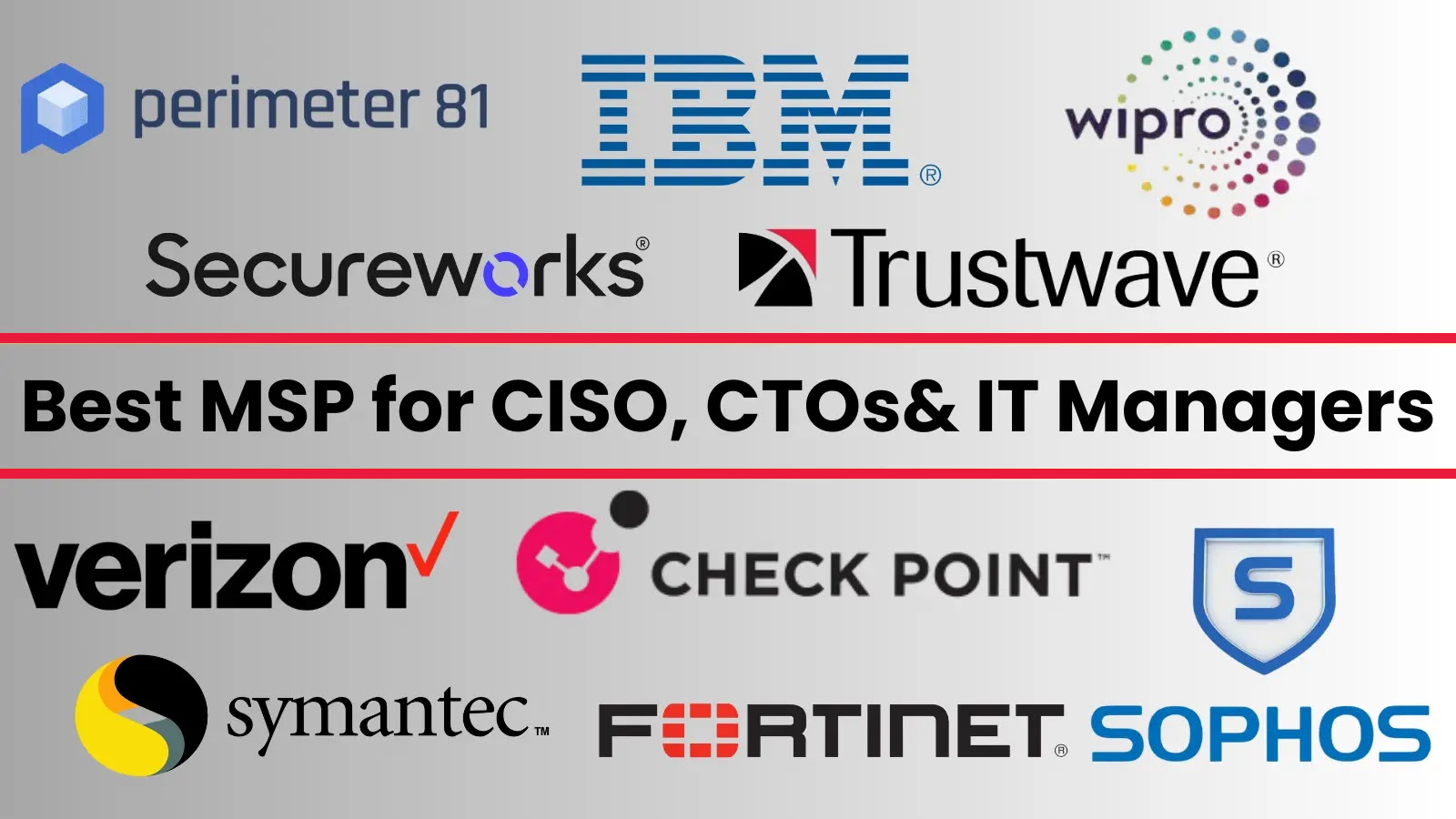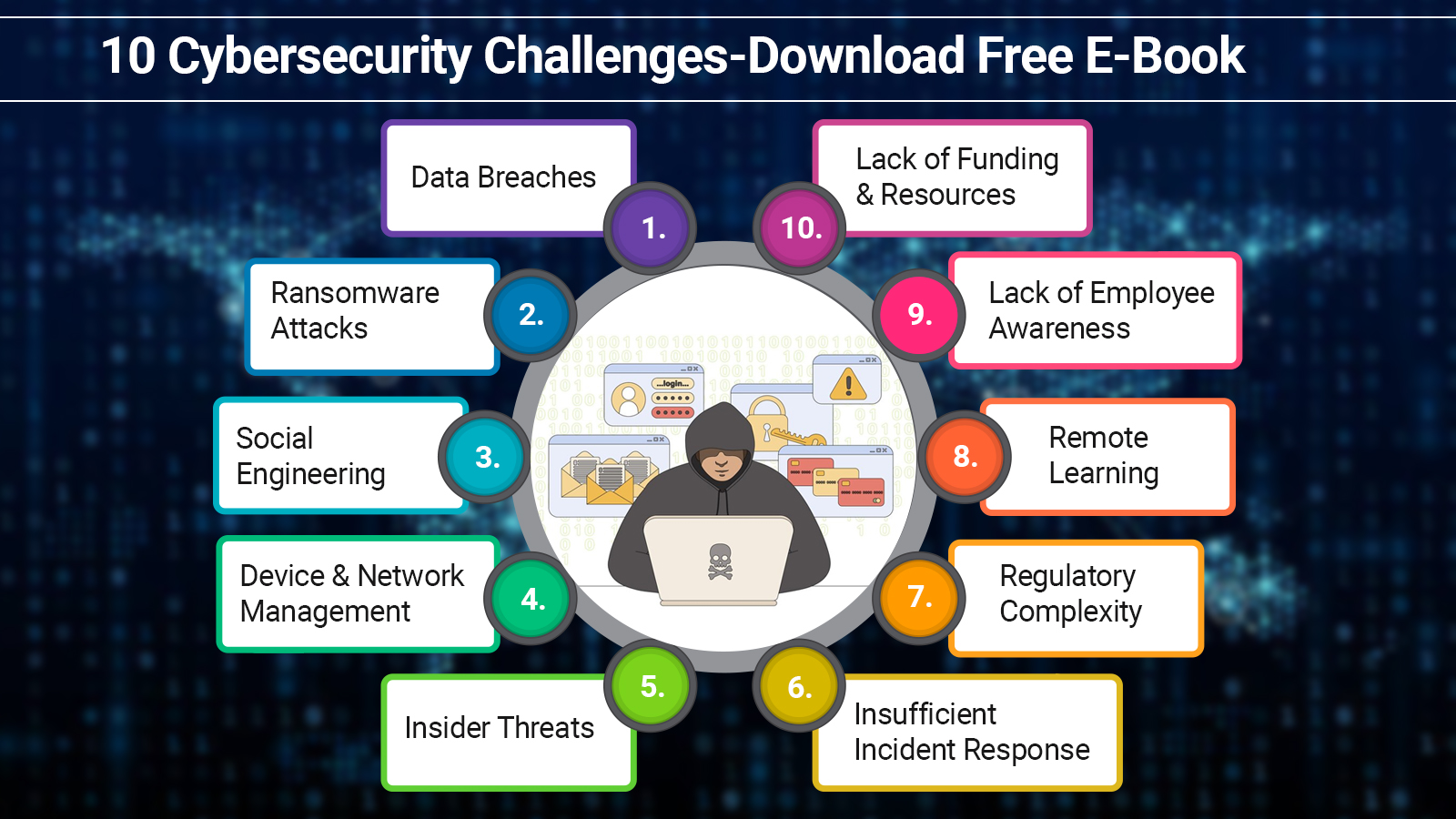Last week, a report about a botnet of three million smart toothbrushes infested with malware went viral online. The remotely controlled toothbrushes took part in a Distributed Denial of Service (DDoS) attack to take down a Swiss company website, according to the Aargauer Zeitung newspaper in Switzerland.
Toothbrush assaults! Many people are still not convinced that the situation is technically feasible, even though it sounds improbable. But as we start to rely more and more on Internet of Things (IoT) gadgets, it makes us wonder what lies ahead.
IoT demand is rapidly growing. By 2050, there will be 24 billion IoT devices worldwide, compared to the current estimate of 15.14 billion. The extensive network of networked devices reaches from homes to cityscapes and the industrial manufacturing facilities' machinery.
An additional degree of “smartness” is being added to smart devices by the growing application of Artificial Intelligence (AI). IoT devices are essentially providing machines with “hands” for the work, while AI gives them the potential to make decisions on their own. But what if their employment takes them in a bad direction?
The Doomsday
Imagine your cat sleeping on top of you and meowing ferociously as you wake up. For some reason, your smartwatch did not sound the alarm, thus you overslept. The IoT pet feeder refused to give your cat her breakfast, therefore she is demanding it.
Feeling extremely chilled, you roll out of bed because the intelligent air conditioning system arbitrarily lowered the temperature. Your petunias appear dead since it appears that the plant irrigation system decided to dry them out.
The washing machine overflowed the bathroom due to excessive water use, leaving water all over the floor. Small household appliances like vibrators and smart toothbrushes stop working. More casualties when you open the fridge: your milk and meat went bad because the refrigerator decided to turn up the temperature.
When you open your laptop, you discover that home security camera footage of your private life has been posted online. The smart lighting has become incoherent and erratic, behaving more like a rave party than a home. Alexa blasts an obnoxious song at full volume out of nowhere, making your eardrums pound.
As you brew coffee, the intelligent oven overheats and ignites a fire. As you rush outside, you discover that you are locked out of your own home and are unable to enter again. It is not much better out on the streets than it is at home. Nobody seemed to be able to advance. There is a traffic jam on public transportation, and buses are running late. The public transportation system that was timed to match passenger demand is no longer operational.
Drivers are driving in circles as a result of GPS giving them incorrect directions. Because sensors that provide information about available parking spaces are broken and show arbitrary numbers, people are unable to locate a place to park. When motion is detected, smart street lights frequently turn off, providing the necessary lighting.
Every single person registered in the database of surveillance cameras that detect possible dangers in public areas is receiving fines for smoking in banned areas and traffic tickets. Malicious data begins to appear on Internet of Things (IoT) monitors of the city water and air quality, setting out false warnings.
The traffic signals that self-driving cars disregard have gone rogue and display mixed signals. It should come as no surprise that you ultimately get struck by the automobile and wind up in the hospital, which is equally chaotic. The vital indicators displayed by patient monitoring wearables are inaccurate. AI-powered tools that typically support medical personnel begin to identify patients incorrectly.
The smart scalpels with integrated sensors and other equipment are going to operate on you, but they are giving the surgeons misleading information about the inside circumstances of your body. Medication dispensing devices with IoT capabilities start giving out the wrong pills and overdosing on prescriptions, endangering your life. The industrial section of the city erupts into anarchy as well.
Consequently, it raises manufacturing temperatures or speeds, which causes assembly line malfunctions. What then do we have? Companies are going out of business, supply lines are disrupted, and unemployment is rising. Panic and uncertainty that spread widely caused societal discontent, civil riots, and total economic and social collapse. What a blessed day we have.
Machines vs Humanity, Or Is It Just Us?
Such doomsday scenarios are mind-provoking. Existential worries have also increased with the development of AI. An open letter threatening to wipe out humanity due to Artificial Intelligence has already received the signatures of over a thousand prominent individuals.
Science fiction scenarios such as robots taking over Earth are highly captivating to our imagination. Fortunately, AI does not yet possess enough autonomy to act independently. In the long term, though, that might not be the case.
Not the super-intelligent psycho-computer, but rather fellow humans, pose the biggest threat to the ecosystem of IoT devices. You shouldn’t trust these devices too much because they could be targets for fraudsters. With every new smart device comes a new attack vector and vulnerability for hackers.
In the next 15 to 20 years, futurist speaker Nikolas Badminton predicted that Artificial Intelligence (AI) would be present in practically everything, including entertainment systems, lights, electrical systems, wearables, mobile devices, and automobiles.
He goes on, “IoT sensors will sense the environment, networks will transfer data, and AI will act as the figurative brain—supercharged and ready to uncover hidden patterns that open up new avenues for innovation, collaboration, and commercialization.”
He was critical when asked if he could think of any situations in which Internet of Things devices turned against humanity. People start to turn against each other. Sensors and devices lack autonomy. Technology won't act strangely. People who take advantage of them will, Badminton said.
Hacking Homes & Infrastructure
Cyber law expert Star Kashman stated that she sees innumerable possible risks associated with an overreliance on IoT devices. In the near term, things appear "easier" and more accessible thanks to IoT devices. But as of right now, they're not particularly secure, according to Kashman.
It is not difficult to find instances. A Ring camera intended for child surveillance was compromised by hackers in 2019. The child was informed by the hacker that he was "Santa." Hackers were able to successfully accelerate Tesla vehicles by 50 miles per hour in 2020.
At carefully changing a speed limit sign at the side of the road, the car camera system was tricked, demonstrating the possibility of autonomous driving systems failing. Hackers with ties to Iran targeted the Bowman Avenue Dam's control system in New York in 2013.
According to a study conducted last year, hacktivists in Israel disrupted industrial control systems during Israels war on Palestine. Hackers are getting more proficient every day, and it appears that the US is lagging.
The Internet of Things is connected to a large portion of our infrastructure. We could be in grave danger if hackers gain access to more of our infrastructure in the same way that they did to the Bowman Avenue Dam, warns Kashman.
Doomsday of Privacy
Privacy is a further aspect of the risks that IoT devices bring. Smart devices collect vast amounts of personal data, which large tech companies keep and handle. This data may be utilized for commercial purposes, and it will likely be exploited even while the law is still unclear.
The capacity of these gadgets to gather data and use it in novel, commercial ways is a further cause for concern. According to Badminton, "We might anticipate a revolt against this as well as a revolt and a decision for individuals to live a less connected existence.
A possible side effect of increased internet access and integration into daily life is the possibility of what Badminton called “Connectivity Apathy.”
“Imagine how many private conversations and even video feeds a hacker can unearth, given that anyone can get into ring doorbells or even Amazon's Alexa. They can now snoop on users’ homes and personal life.” Kashman says.









